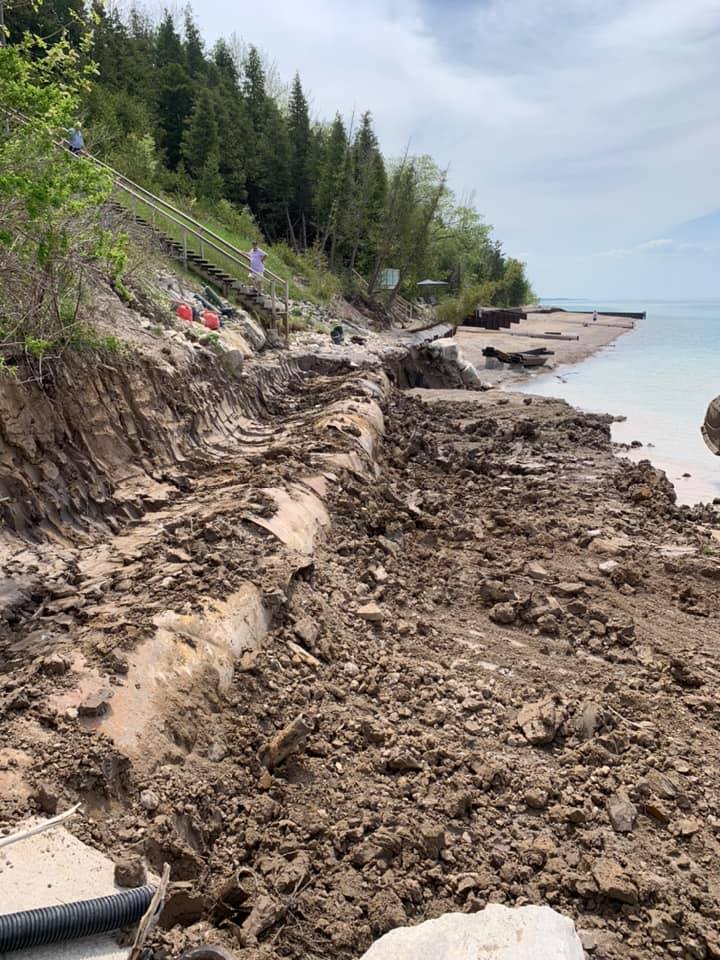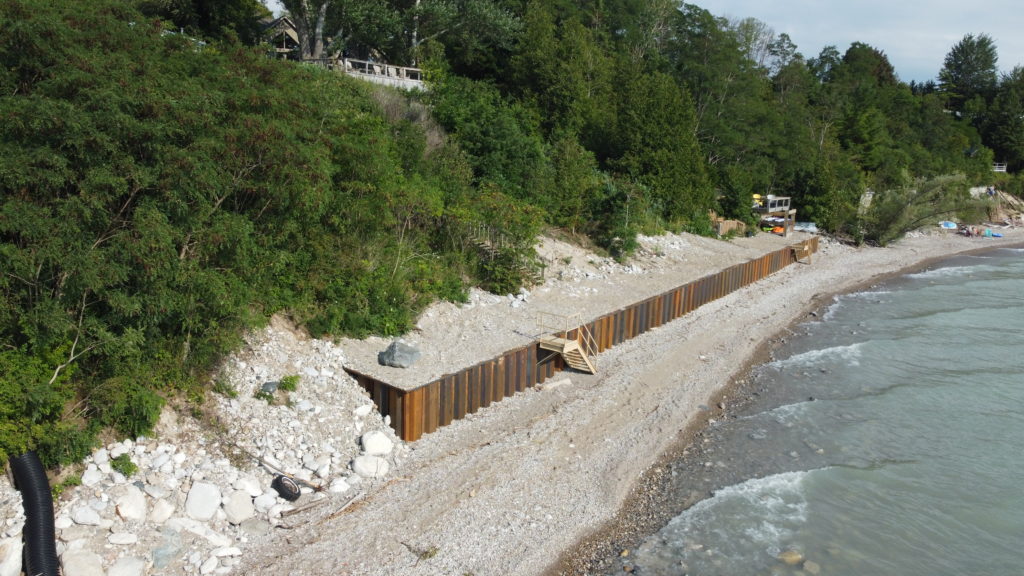Landscaping includes getting ready areas for planting, installing vegetation, and performing erosion control institution work. Landscaping is typically combined with erosion control on a project. Landscaping is roofed in Section 20, “Landscape,” of the Standard Specifications. Section 4-20, “Landscape,” of this handbook provides extra information. Large building projects typically have erosion control issues, and there are many potential causes.
Nurse species density should be stored to a low proportion, 10 percent or much less, in order that they don't dominate the area and suppress extra slowly growing species. A diverse combination of grasses, legumes, forbs, and shrubby species with a variety of 6 to 10 species will permit for variability and flexibility in web site circumstances. Mixtures with a majority of shrubby species can be more suitable where deeper rooting is required. Laterally spreading root techniques, particularly rhizomes, are more effective in decreasing surface erosion than vertically structured ones with faucet roots. Roots form a spine of fibers of comparatively excessive tensile energy and adhesion inside a matrix of lower tensile strength. The sheer strength of the soil mass is enhanced by the presence of a root matrix.
Drilling seed requires a fairly level floor with unfastened tilth, but a tough floor will work for broadcast or hydroseeding. Trees are a superb technique of improving the appearance of the landscape and disguising its scars. Trees have greater rooting depth and are capable of penetrate moisture levels inaccessible to shallow-rooted vegetation. However, bushes are less effective than grass in stabilizing against erosion. Therefore, it is strongly recommended that areas designated for timber be planted with grass.
Examine gear for use in erosion management work to determine if it meets specified requirements. In this method, numerous stones are dumped into geo textile membranes to stop the possibilities of erosion. The areas corresponding to lake shores and river beds are more vulnerable to soil erosion. When current trees are left on a site, they require protection from development activities.

Storms may cause scouring, and even drain failure — worsening erosion. Certain slopes are much less prone to erode, or erode rather more slowly. Shorter slopes are higher as a outcome of they permit for higher vegetation establishment. MnDOT specs require the contractor's Erosion Control Supervisor to report spills and sediment discharges to the state obligation officer. ECBs are manufactured from various degradable fibers corresponding to straw and coconut, and are mechanically stitch-bonded to a polypropylene or biodegradable netting construction.

Native crops are adapted to local rainfall and, once established, don't want supplemental watering. Properties required of the vegetation and thus the types needed (herbaceous, shrubby, woody, etc.). Principal clients were Indiana http://shaneurzj706.theburnward.com/vandals-ripped-apart-retaining-wall-with-heavy-machinery-shoreline-retaining-walls Department of Transportation and Indiana Funding Authority. The general contractor for the project is The Walsh Group of Chicago, IL, and Crown Point, IN.